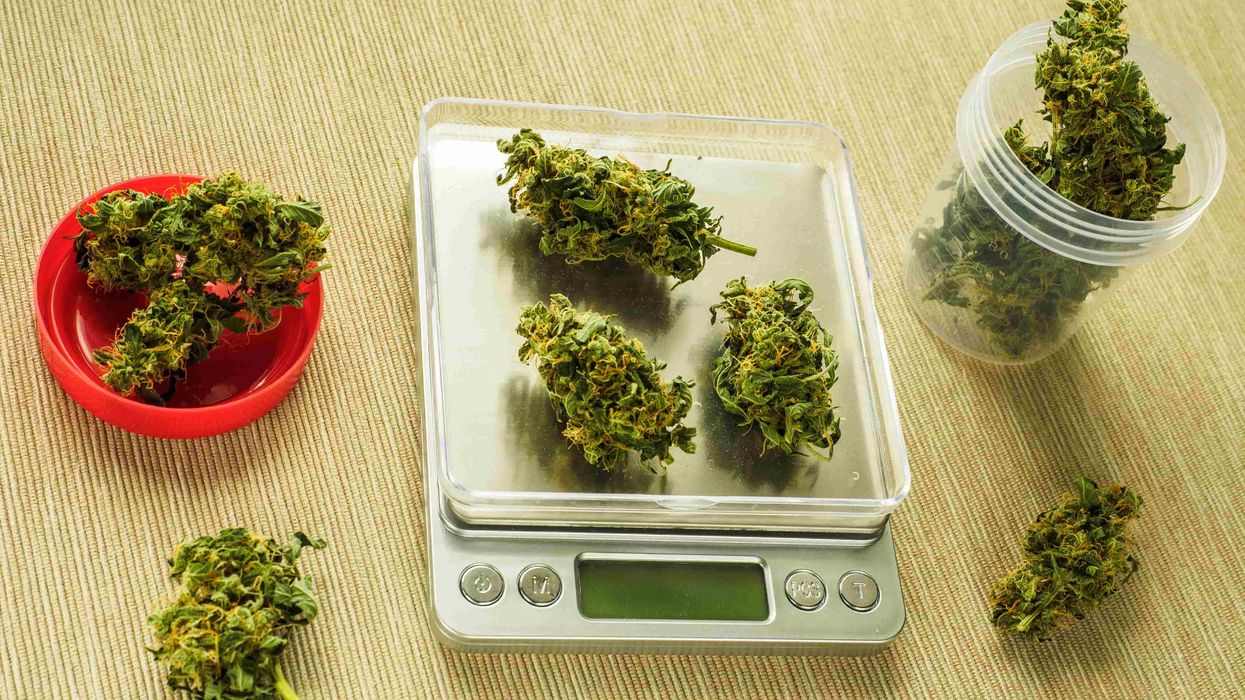Weed-infused eateries and cannabis dining experiences certainly have a lot of potential. Who doesn’t love food? And what cannabis consumer doesn’t love to eat food that also gets them high?
Cannabis-infused edibles and beverages are at an all time high, and this shift in consumer preference makes way for a whole new world of possibilities: particularly cannabis-infused restaurants and dining experiences, which many experts believe we’ll see a lot more of in the coming years.
However, there are a few challenges to sort out before THC-infused restaurants can go mainstream.
What Are Cannabis-Infused Restaurants?
Cannabis-infused restaurants are still few and far between – and can vary greatly in their approach – but generally, they’re dining experiences that utilize the cannabis plant for meal creation.
From special dinners with a private chef to full-blown eateries with infused options dominating the menu, cannabis-infused culinary experiences have been done in a variety of ways, and this sector of the industry has a long way to go before it can consider itself truly established.
The biggest reason this arena of cannabis hasn’t fully developed is restrictions, which vary from state to state and generally prevent restaurateurs from legally infusing their food with cannabis.
While a handful of chefs and eateries have succeeded in working around this red tape and legally opening up shop, it’s a feat that requires a lot of hoop jumping – which is something cannabis companies already have to go through to simply acquire a license to grow, process, or sell the plant.
However, many people in the industry are confident that once cannabis dining regulations are put into place, this method of social consumption has a lot of leg room to really take off.
The Risks of Cannabis-Infused Restaurants
There are a few risks that come with opening a cannabis-infused restaurant, which we must not overlook if the industry wants to move closer to this dream becoming a mass reality.
The main risk that comes to mind for anyone with experience in the industry is something the edible market has already had to come to terms with: dangerous levels of over-consumption.
“This challenge is probably the biggest hurdle for consumers to get comfortable with the idea of cannabis-infused restaurants. Of course, this risk currently exists in restaurants with over-serving alcohol. Any time you serve an intoxicating beverage or food, there’s always that risk,” said founder and managing partner of Terradigm Consulting Sean Arnold.
“With alcohol, you have a quicker onset, and as a server, you can begin to see those visual signs of overconsumption with more ease. For cannabis, I think that’s something that still needs to get worked out. As a chef, you’ll have different tolerance levels and potency desires from your guests, and that’s an important element you’ll have to consider.”
This isn’t exactly a brand new concept for the cannabis industry, as seen with improperly dosed edibles, or dispensaries giving out free dabs to consumers who didn’t know what they were signing up for.
Because of this, many budtenders are required to take “serve safe” classes, helping them determine how to assess a consumer’s tolerance level with as much accuracy as possible to avoid major mishaps or accidents.
“A higher degree of care will have to go into controlling products in the kitchen. Let’s say you have a party of six, and two guests aren’t consuming infused products. How do you ensure they’re getting the correct dish? Is there a separate non-infused portion of the kitchen serving the same dishes?” Arnold said.
“These are workable challenges, but definitely considerations. Not everyone will want to consume at the same rate at a given table, so how do you manage that? There’s a bit of risk management, quality management, and safety management all happening simultaneously in this type of establishment.”
As daunting as this may sound for interested restaurateurs, it’s no different than serving drinks at a bar and having to ensure the pregnant customer gets their non-infused alcoholic beverage instead of the hard cocktail. Restaurateurs are aware of these risks – it’s all about how they are approached, mitigated, and handled.
To avoid this risk even further, restaurant owners can also opt for an eatery that utilizes the plant as a main ingredient while leaving the THC out of the equation entirely. Plenty of delicious, high-quality dishes can be created with CBD oil or hemp seeds, allowing for certain benefits of cannabis without the head high.
The Future of Cannabis Culinary Experiences
As for the future of this approach to consumption, Arnold believes it still has a ways to go before it is fully developed, but there are a lot of promising avenues for restaurant owners and chefs to take when the time comes.
“I would imagine some restaurants will opt for a smoking-while-dining experience instead, where you’re allowed to imbibe in flower alongside a non-infused menu. But ultimately, I see this as the next wave of opportunity, particularly for consumption lounges. I still see regulations as a hurdle, but there’s definitely an excitement and movement towards bringing these types of businesses about,” Arnold said.
From chefs doing private dining events that showcase the potential of an infused restaurant in a secluded setting to winery-like establishments that allow people to consume infused food within the view of an outdoor grow, Arnold sees a lot of eventual potential for infused dining.
“There’s a lot more to the plant and what it can deliver in terms of culinary experience. That’s what I get excited about: thinking about how far creative chefs have already come in crafting unique dishes and experiences. That’s where we’ll see more of that fine dining approach. Not just infusing, but using the plant and its various parts to create different flavors and textures in a dish, rather than just throwing in some extract,” Arnold said.
Arnold also sees a lot of potential for tourism to be fused with the dining experience – like those winery-like outdoor grow opportunities we mentioned above.
“Outdoor grows have something unique going for them, and being able to showcase that and create onsite restaurants where you can see the harvest, walk through them, check out different strains and how all the plants are maturing…it adds this holistic experience to the dining aspect,” Arnold said.
There will also be plenty of opportunity for the medical market to get into the dining space, approaching it from a wellness perspective rather than one that revolves around flavor and sophisticated culinary experience.
“I think on the medicinal side, you’ll find a more therapeutic approach. Juice and smoothie bars, prepared – less of a culinary experience and more of a health-fueled opportunity,” Arnold said.
“Another category you’ll begin to see is high-end restaurants putting out their own lines: fan favorites that are packaged and sold on shelves for at-home use. Cannabis-infused dining may seem very singular right now, but it truly has the ability to spawn all these other types of businesses in the process.”
Need a little more Bluntness in your life? Subscribe for our newsletter to stay in the loop.
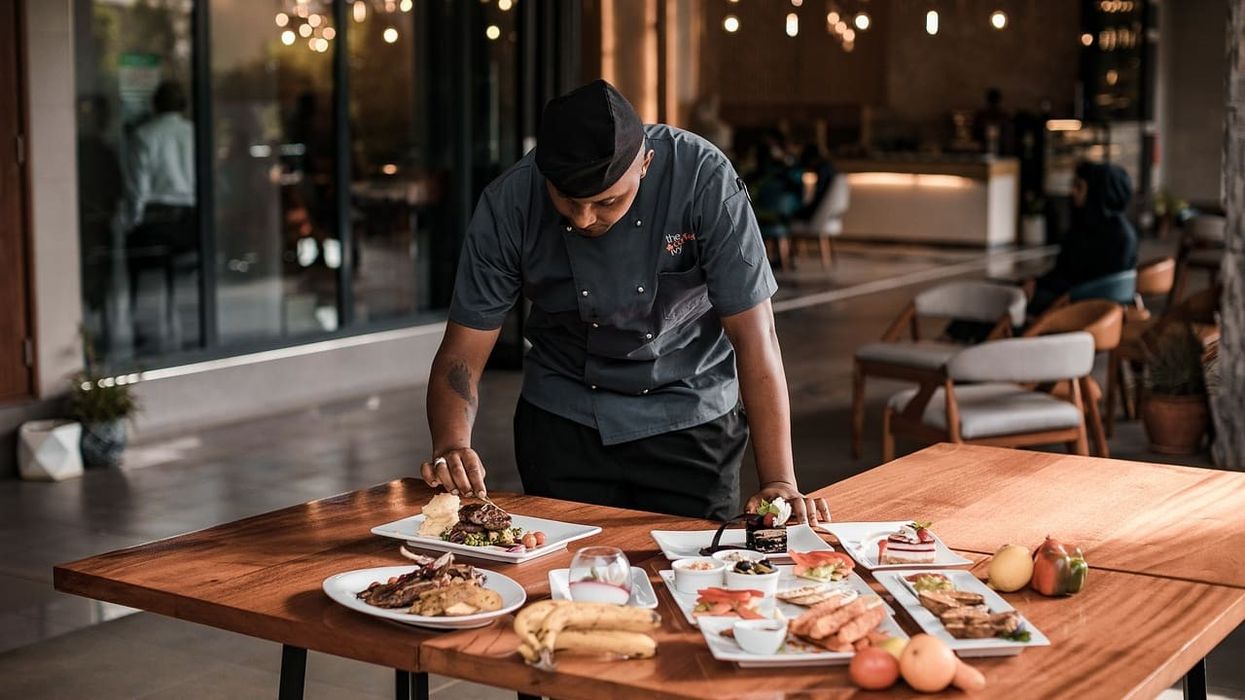

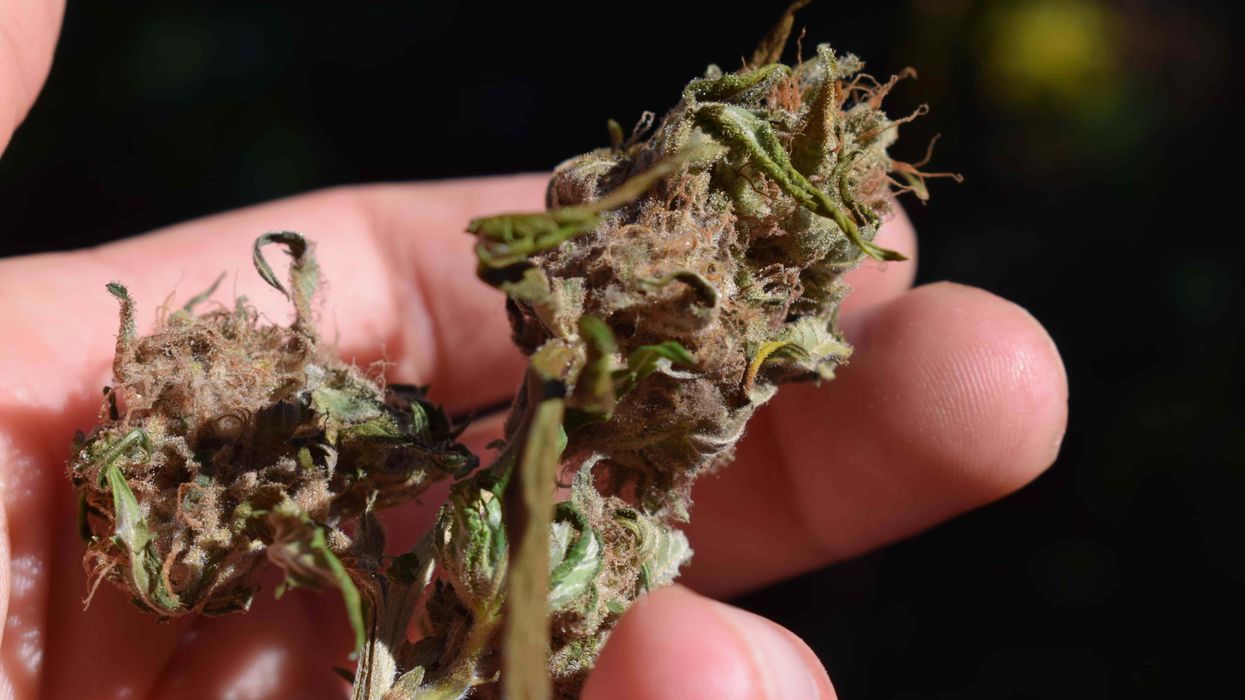

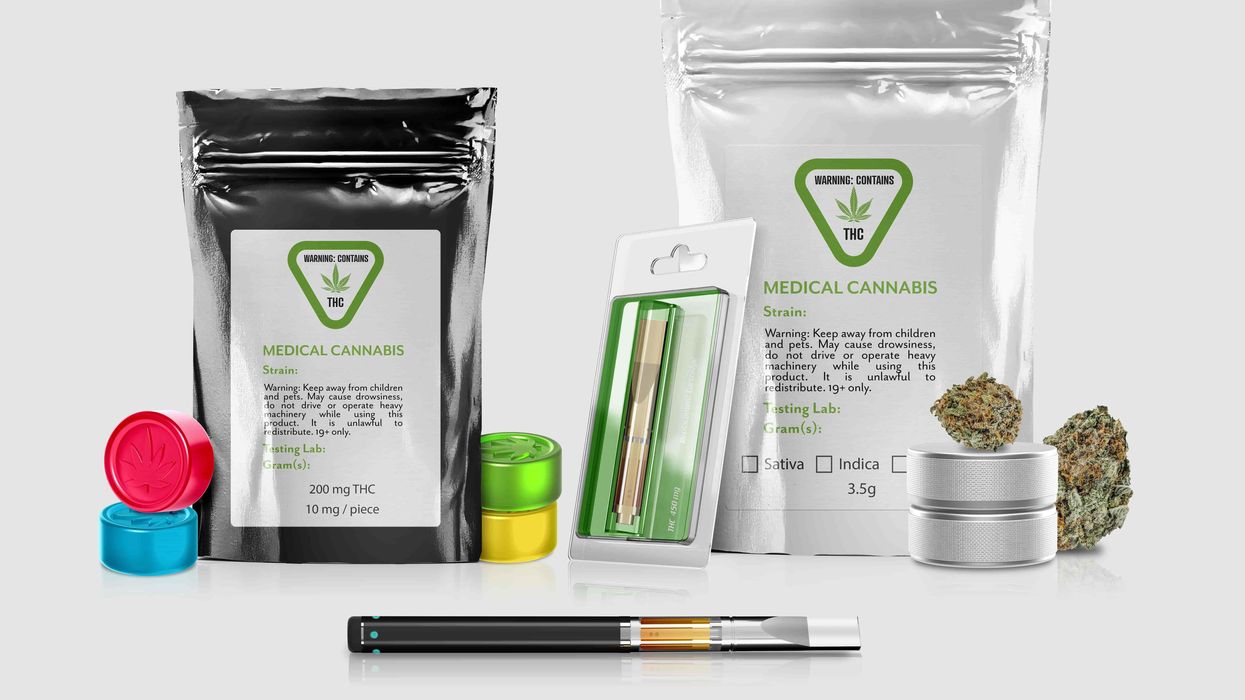


 Justin Timberlake Eye Roll Gif By Agent M Loves Gif - Find & Share on GIPHYAgent M Loves Gifs
Justin Timberlake Eye Roll Gif By Agent M Loves Gif - Find & Share on GIPHYAgent M Loves Gifs


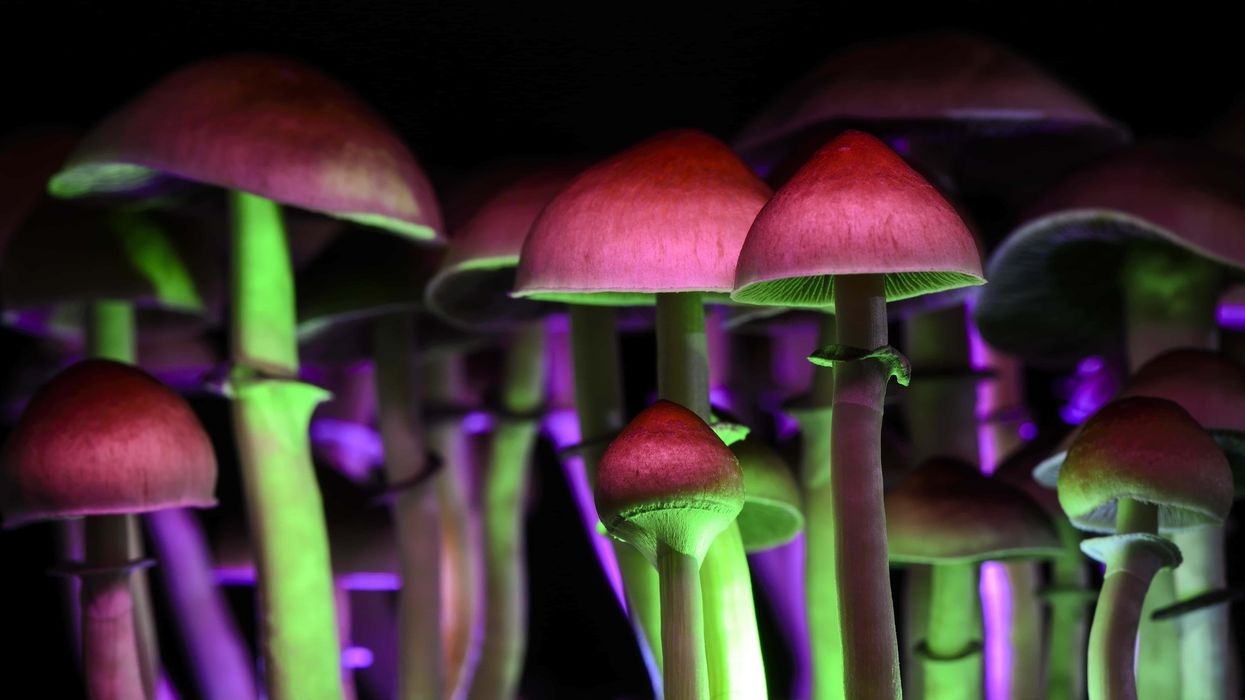


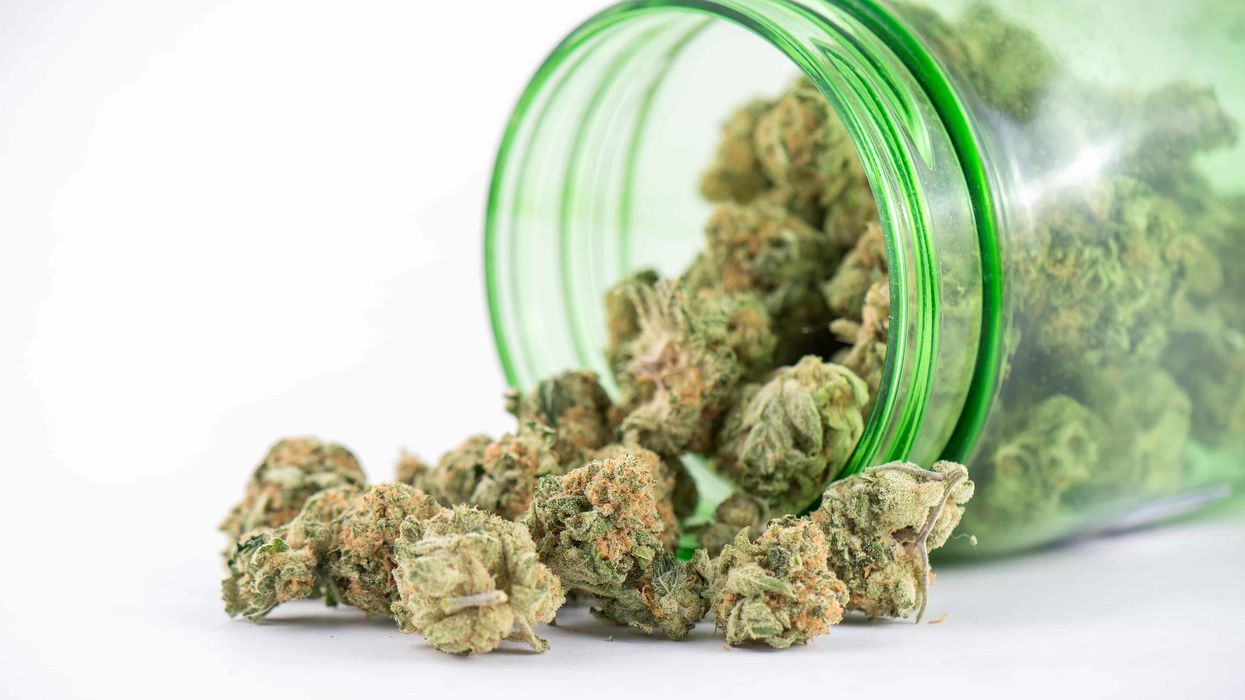
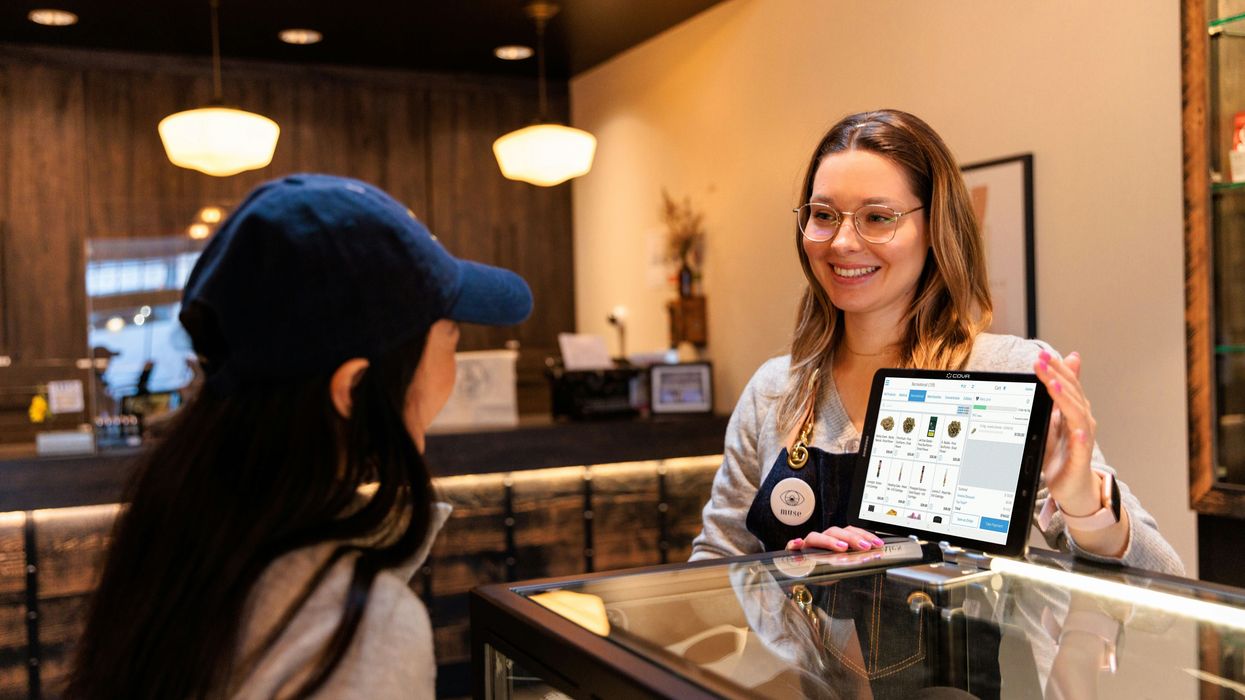
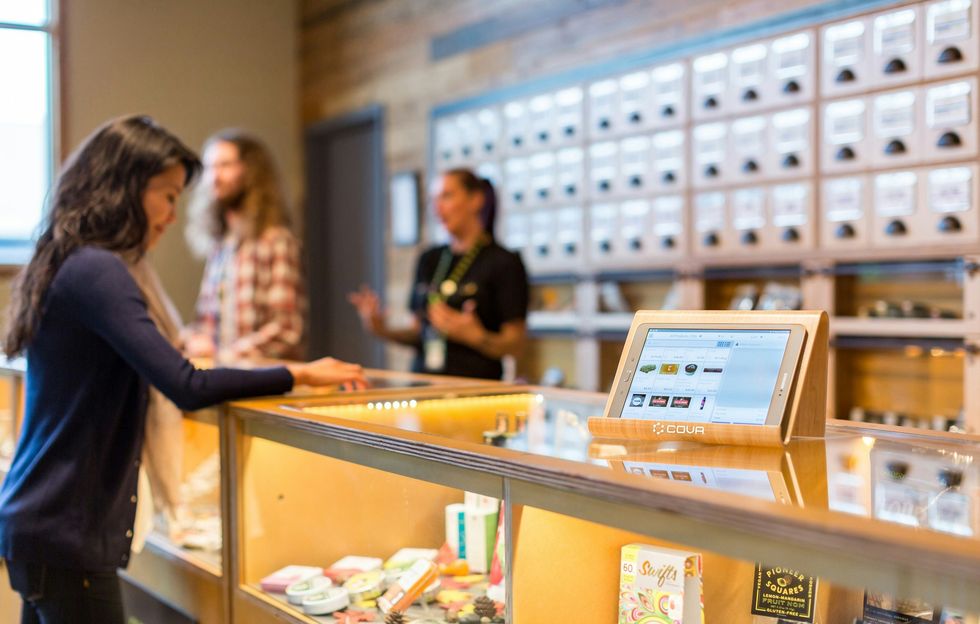 How to Become a Budtender: Complete Career Guide & Salary Information - The Bluntness Photo by
How to Become a Budtender: Complete Career Guide & Salary Information - The Bluntness Photo by  How to Become a Budtender: Complete Career Guide & Salary Information - The Bluntness Photo by
How to Become a Budtender: Complete Career Guide & Salary Information - The Bluntness Photo by 